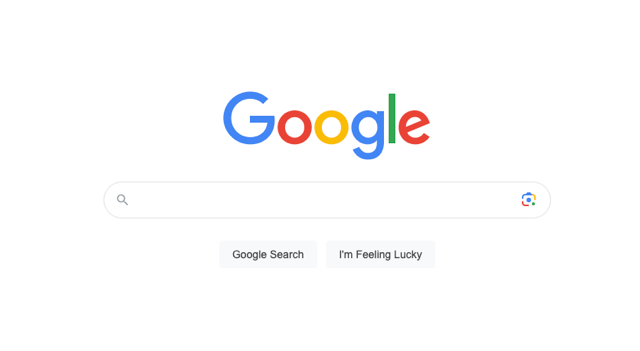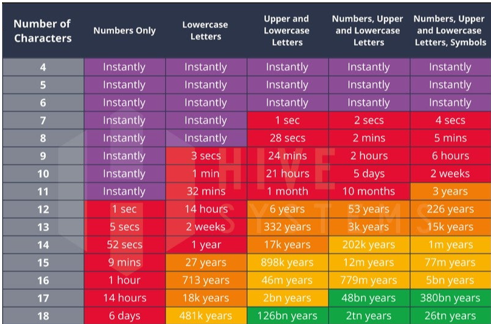by Richard Stokes
So by the time this is posted (I wrote this on Sept 19th) the iPhone5 will be here (Sept 21st) and we will have no doubt witnessed the usual pandemonium that ensues whenever Apple releases a new product.
To put this in perspective remember that there are always going to be the Apple lovers who will praise it no matter what the experience is, the haters who are going to find the shortcomings wherever they may and then all the rest of those that are the in-betweeners who’ll just go with the flow and adopt it (or not) when it best suits them.
That being said I do have to provide full disclosure and say that I am an iPhone user and I do love it. But I’m not going to be getting the iPhone5 anytime soon. The 4 works great for me and I can’t justify the cost of the new one, at least not yet! So, in writing this blog I thought I would try to give some perspective from both sides of the coin on what’s new on the iPhone 5 and what some say Apple missed the boat on. Keep in mind that since I haven’t actually got my hands on one, this is research I have compiled from a number of online resources, articles and opinions.
So, what’s new?
Bigger Screen – 0.37 inches longer (it’s taller but not wider). This gives it a 4 inch diagonal display compared to a 3.5 inch diagonal display (15% bigger)
Thinner – 0.30 inches compared to 0.37 inches (19% sleaker)
Lighter –it weighs less, 3.95 ounces compared to the 4.9 ounces of the 4S (20% lighter). This is pretty significant.
Better Processor – It’s using the A6 chipset which Apple states is twice as fast as the 4S’s chipset and it also provides twice the graphics performance. This improvement can be subjective so you’ll have to make up your own minds about this one, although I have read several reviews from people that have tested it that say this is absolutely accurate.
Better Sound Quality – Apple has included a third built-in microphone in an effort to improve sound quality and noise cancellation. Scott Stein of CNET states that making a speaker call is vastly improved, resulting in a crisper and clearer call.
Improved Camera – Although it’s still an 8 megapixel camera, improvements have been made that enhance the capture and speed quality of its predecessor.
Improved Battery Life – The battery is physically bigger and is partly the reason why the phone is bigger. Apple advertises that the standby time has increased from 200 hours to 225 hours (10% more) which also translates into longer life when actually using the phone and connecting to a 3G network or over Wi-Fi.
LTE capable – LTE (also referred to as 4G LTE) is the latest standard for wireless communication of high speed data for mobile phones. Simply put it’s currently the fastest cellular network available. The iPhone 5 is LTE ready.
So those are some of the improvements. Now let’s look at what some are saying are the disappointments:
Storage space options haven’t increased – in the grand scheme of things 64GB’s (the largest available) is still a lot of room on your phone to store stuff. However, for a next generation device that allows you to store all of your music, pictures, videos and games, I was even surprised that space options weren’t increased from the iPhone 4S to the iPhone 5.
Camera could still be better – There are competing products like the HTC Thunderbolt that sport a 16 megapixel camera. In some people’s eyes this will be a disappointment that Apple hasn’t offered something better, or at least in line with what else is out there.
Resolution (graphics) isn’t as good as competing products – Although the iPhone 5’s graphics have been upgraded to 1136 x 640 pixels, there are devices such as the Samsung Galaxy Nexus that boasts a 1280 x 720 pixel display and this was released back in Oct 2011. Again, it’s surprising that an innovator such as Apple isn’t offering something better than what has been available for a while on other products.
No NFC – NFC (Near Field Communications) is a technology that allows consumers to quickly and securely share info between wireless devices. For instance, with an NFC enabled device, you can use it to make purchases at many businesses. This is an emerging technology and is also surprising that Apple has chosen not to adopt it.
Nano SIM card – The SIM card in the phone has changed from a MicroSIM to a NANO Sim. The SIM card is what your phone uses to talk to the network (AT&T, Verizon, Sprint etc.). Essentially without this your phone doesn’t make or take calls or have the ability to access the internet across the carriers’ networks. Not only is it smaller but it’s also thinner. This poses a problem in that you can’t take your existing SIM card from your old phone and plug it in – you have to get a new SIM card from the carrier. (I did read some articles about how you can shave and trim your old SIM card to fit but I’m not one of those people).
This is also bad news for users who want to use the iPhone 5 on prepaid networks like Straight Talk and Red Pocket Mobile since neither of them currently offers a Nano SIM card.
Accessories – Since the iPhone 5 is longer and has a different battery (which, by the way, has a different connecting cable) you’re not going to be able to re-use any of the accessories you’ve been collecting over the years (protective case, radio docking station, alarm clock, car cradle and adapter, etc.) So be prepared to buy all of those things all over again. I’m guessing some third party will come up with an adaptor to solve this, but then you’ll have an adaptor for an adaptor and in my opinion that’s just too messy.
So that’s the major stuff. Based on what I have read I think it’s going to make a big splash and consumers are going to be very happy with the changes Apple has made. The decision you now face (if you are an iPhone user) is: are you getting one now or can you wait?






